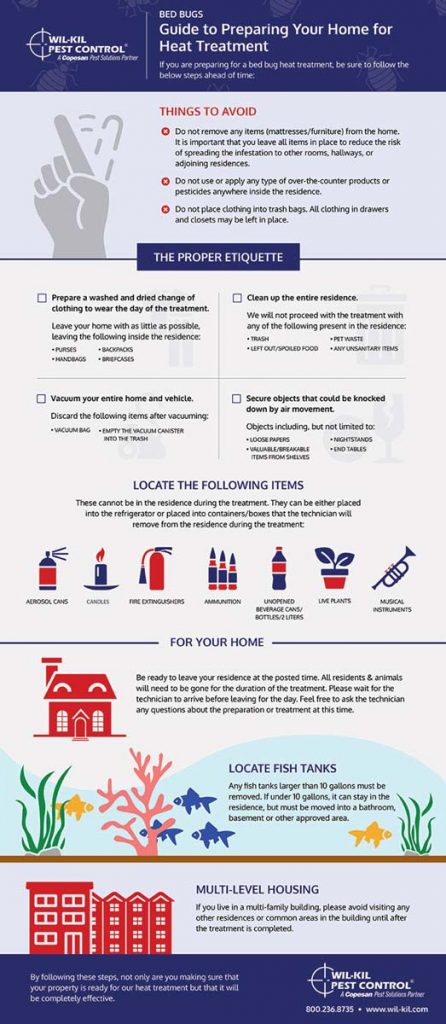As someone who had to deal with a bed bug infestation, I know just how frustrating and uncomfortable it can be. Taking the time to properly prepare for a bed bug treatment is essential for a successful outcome. In this article, I’ll provide an overview of how to prep for bed bug treatment so you can be better prepared and get rid of those pesky bugs once and for all.
Understanding Bed Bugs
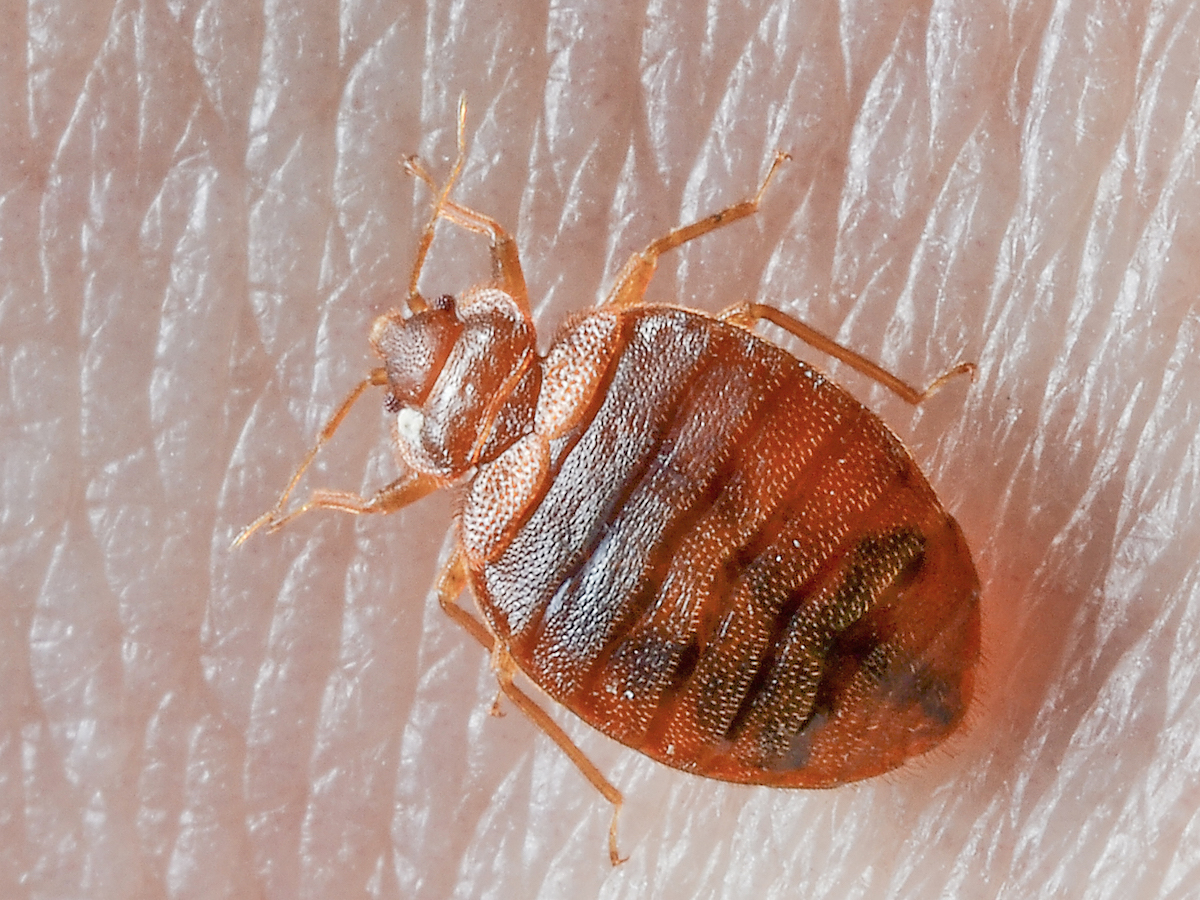
Bed bugs are parasitic insects that feed on human blood. They are reddish-brown in color, and grow up to 5 mm in length. They are flat, oval-shaped, and can hide in narrow crevices. Commonly found in mattresses, box springs, furniture, and carpets, they can also travel on clothing, luggage, and other items.
Bed bugs are active mostly at night, and they feed on exposed skin while people are sleeping. Common signs of bed bug activity include a musty odor, reddish-brown spots, and bites on the skin.
| Signs of Bed Bug Activity |
|---|
| Musty odor |
| Reddish-brown spots |
| Bites on the skin |
Bed bugs can be difficult to get rid of because they reproduce quickly and can survive without food for up to a year. In order to effectively treat a bed bug infestation, it is important to understand the habits and behavior of these pests. Treatment typically involves the use of pesticide sprays, heat treatments, and vacuuming.
Identifying Bed Bugs
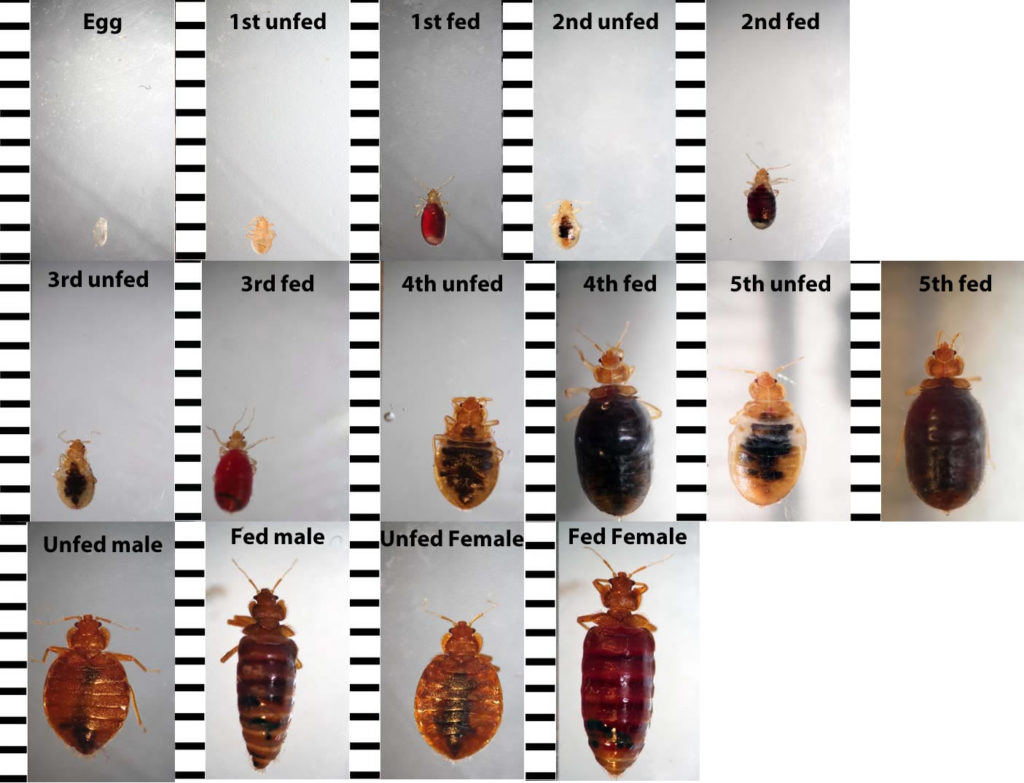
- Check your mattress, box springs, linens and other areas of the bed for bed bugs, their eggs, and signs of their presence.
- Look for dark spots or stains on the mattress, box springs, and bed linens. These are signs of bed bug excrement.
- Look for shed skins of bed bugs, which look like dark brown or red shells.
- Look for small, white eggs, which are the size of a pinhead.
- Check the edges of carpets, beneath baseboards, and in the cracks and crevices of furniture for bed bugs.
- Check any fabric items in the area, such as curtains, for bed bugs.
Taking Action Before Exterminator Arrives
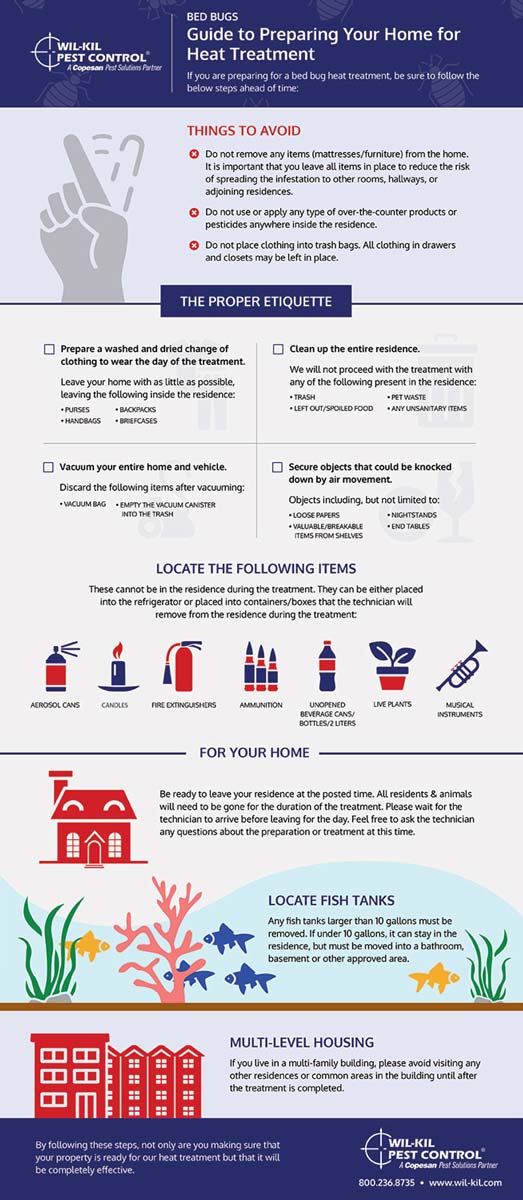
- Check all furniture and bedding for signs of bed bugs, such as reddish-brown spots on fabric or tiny black dots on mattress seams.
- Wash all bedding, curtains, and other fabric items with hot water.
- Vacuum all furniture, carpets, and floors.
- Put all bedding and fabric items in the dryer on high heat for at least 30 minutes.
- Clean and sanitize all hard surfaces such as walls, floors, and countertops.
- Seal all cracks and crevices in walls, floors, and ceilings with caulk.
- Remove all clutter from floors and closets.
- Discard any infested items that cannot be treated.
- Keep pets out of the area while it is being treated.
Clean and Declutter
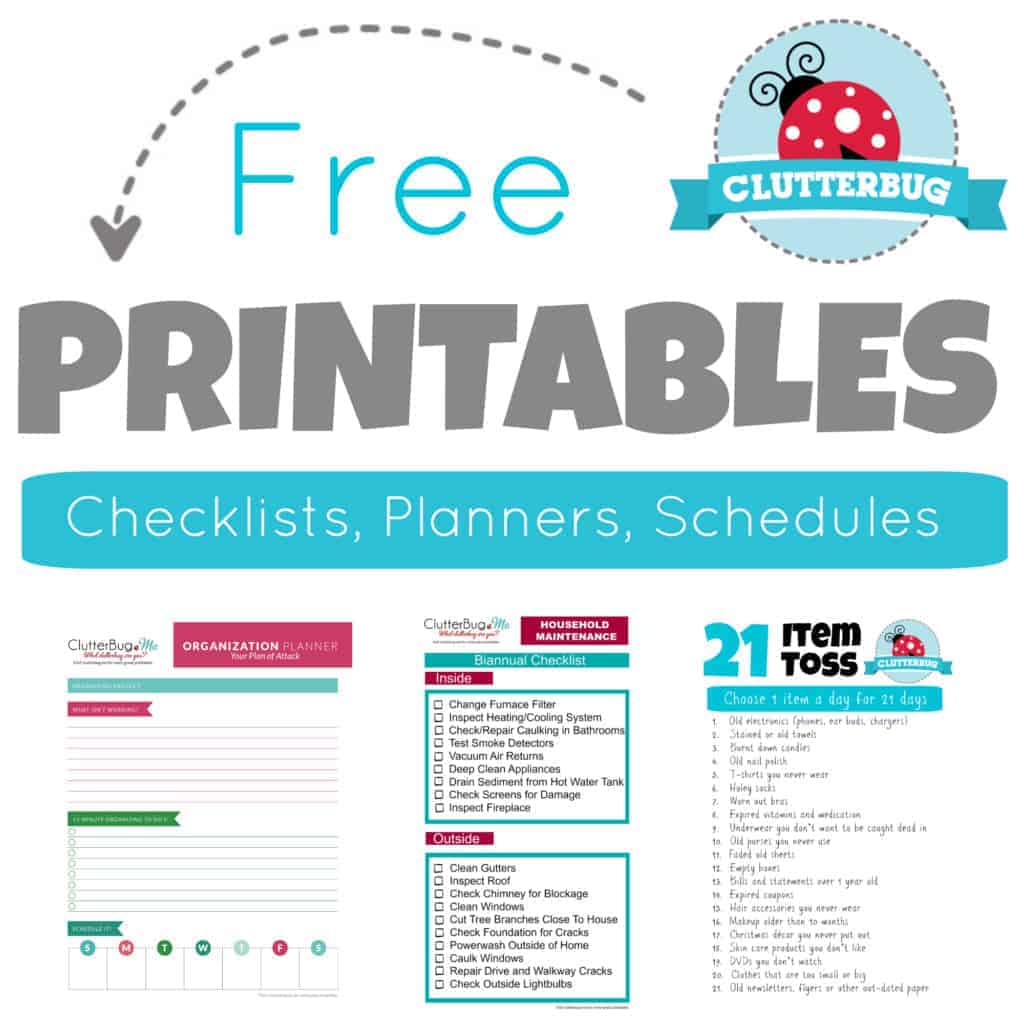
Before starting any bed bug treatment, I need to make sure my house is as clean and decluttered as possible. This is important for two reasons. Firstly, it will help me identify bed bugs and their signs. Secondly, it will make the treatment process easier since there will be less clutter for the bed bugs to hide in.
To start the cleaning and decluttering process, I should start by getting rid of any unnecessary items. This includes items that are no longer being used, such as old clothes, furniture, and knick-knacks. I should then vacuum and dust all surfaces, including carpets, furniture, and other surfaces. I should also make sure to vacuum any cracks and crevices, as bed bugs can hide in these small spaces.
I should also take the time to laundry all my clothes, bedding, and curtains. I should use hot water and dry them on the highest heat setting to help kill any bed bugs that may be present. After the laundering process is complete, I should vacuum the mattress, box spring, and furniture again to pick up any debris and bed bug eggs.
Finally, I should store any non-essential items in sealed plastic bags or containers. This will help prevent the bed bugs from hiding in them and make it easier for me to spot any bed bugs that may be present.
By taking the time to clean and declutter my home before starting a bed bug treatment, I can make sure that the process is as effective as possible.
Launder all fabrics
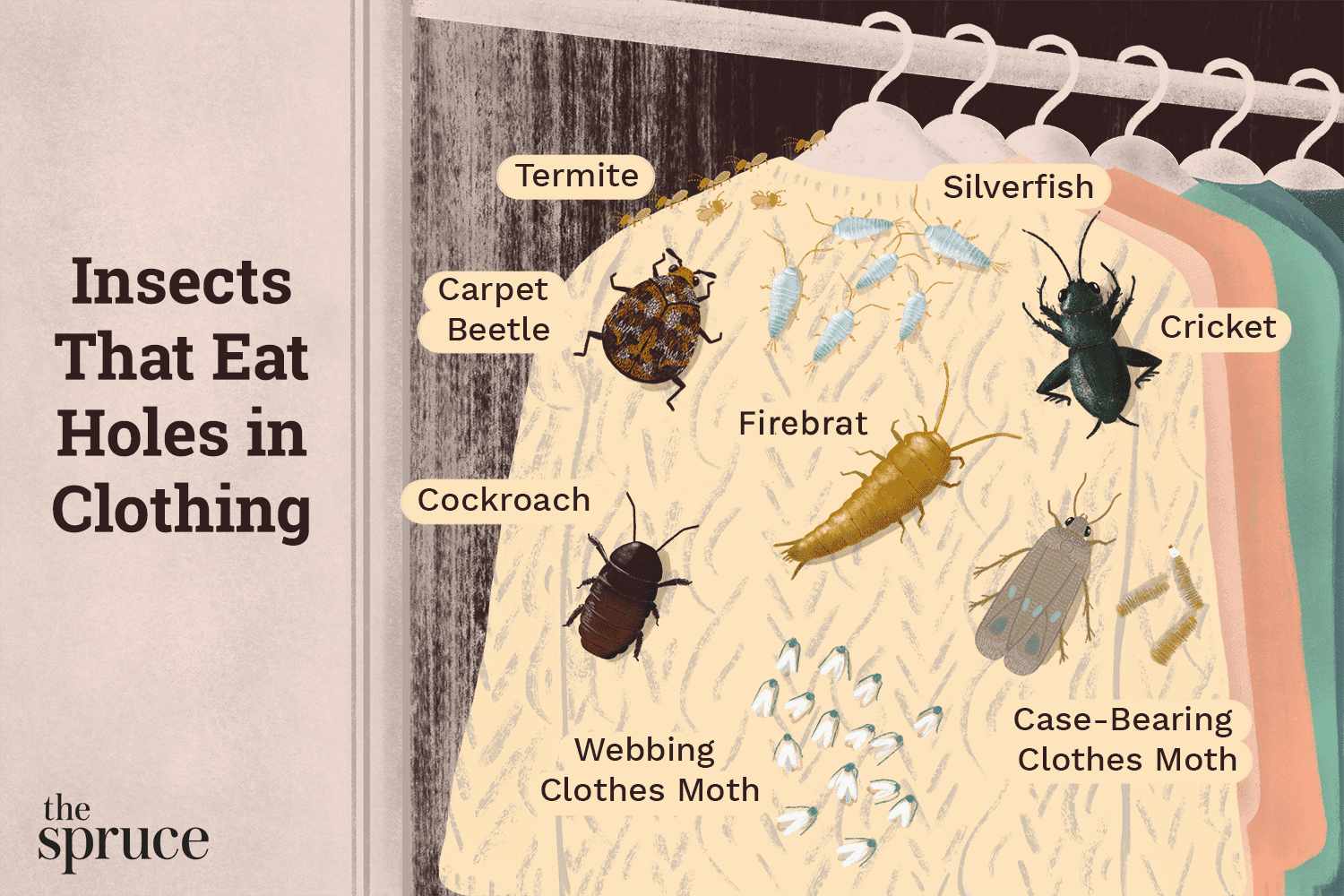
- Check all bedding, clothing, and other fabric items in your home for signs of bed bugs.
- Place items into hot water and launder thoroughly.
- Dry fabrics on high heat for 30 minutes.
- Repeat the process for all fabrics to ensure bed bugs are eliminated.
Seal Mattress and Box Spring

I sealed my mattress and box spring to start my bed bug treatment. To do this, I used a mattress encasement and a box spring encasement. Both encasements are made from a polyester-cotton blend that is highly breathable and waterproof, making them ideal for preventing and treating bed bug infestations.
I began by taking off all of the bedding and putting it in a plastic bag. This prevents the bedding from becoming infested with bed bugs. Then, I carefully fitted the mattress encasement over the mattress, ensuring a secure and tight fit. I then repeated the process with the box spring encasement.
| Item | Task |
|---|---|
| Mattress | Fit Mattress Encasement |
| Box Spring | Fit Box Spring Encasement |
Once both encasements were in place, I secured the zipper with a padlock to make sure nothing could get in or out. This is especially important since bed bugs can squeeze through very small gaps and crevices. After that, I was ready to start my bed bug treatment.
Vacuum and Steam Clean
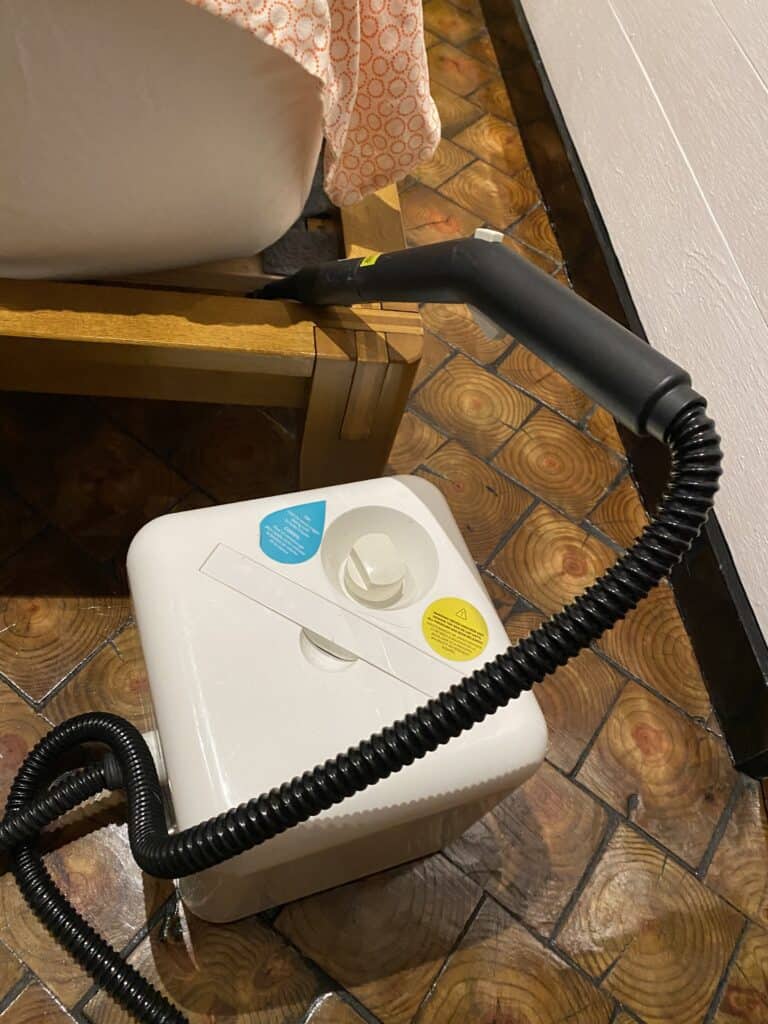
- Vacuum all areas, including mattress, box spring, bed frame, headboard, upholstered furniture, carpets, and curtains.
- Empty vacuum contents into a trash bag and dispose.
- Steam clean mattresses, box springs, and any cracks or crevices.
- Steam clean carpets and curtains.
Move Furniture and Appliances
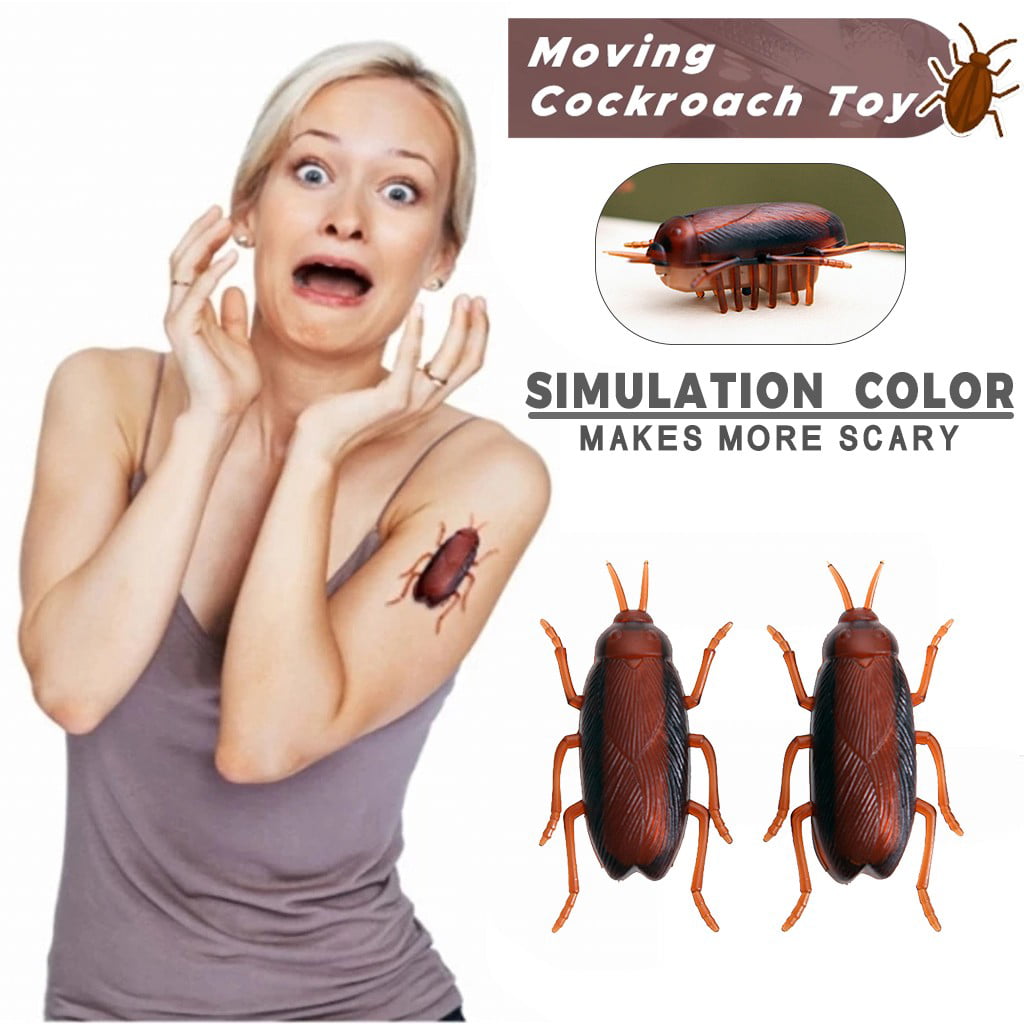
I need to move any furniture and appliances away from the walls and clear the area of these items. This will give me access to all the areas of the room and will make it easier to treat the area with insecticide. I should inspect any items that I move, such as mattresses, box springs, and furniture, for signs of bed bugs. Additionally, I should check any cracks, crevices, and creases in the furniture and any items I move. If I find any bed bugs, I should place the items in a plastic bag or container to prevent the bed bugs from infesting other rooms or furniture.
Preparing for Exterminator
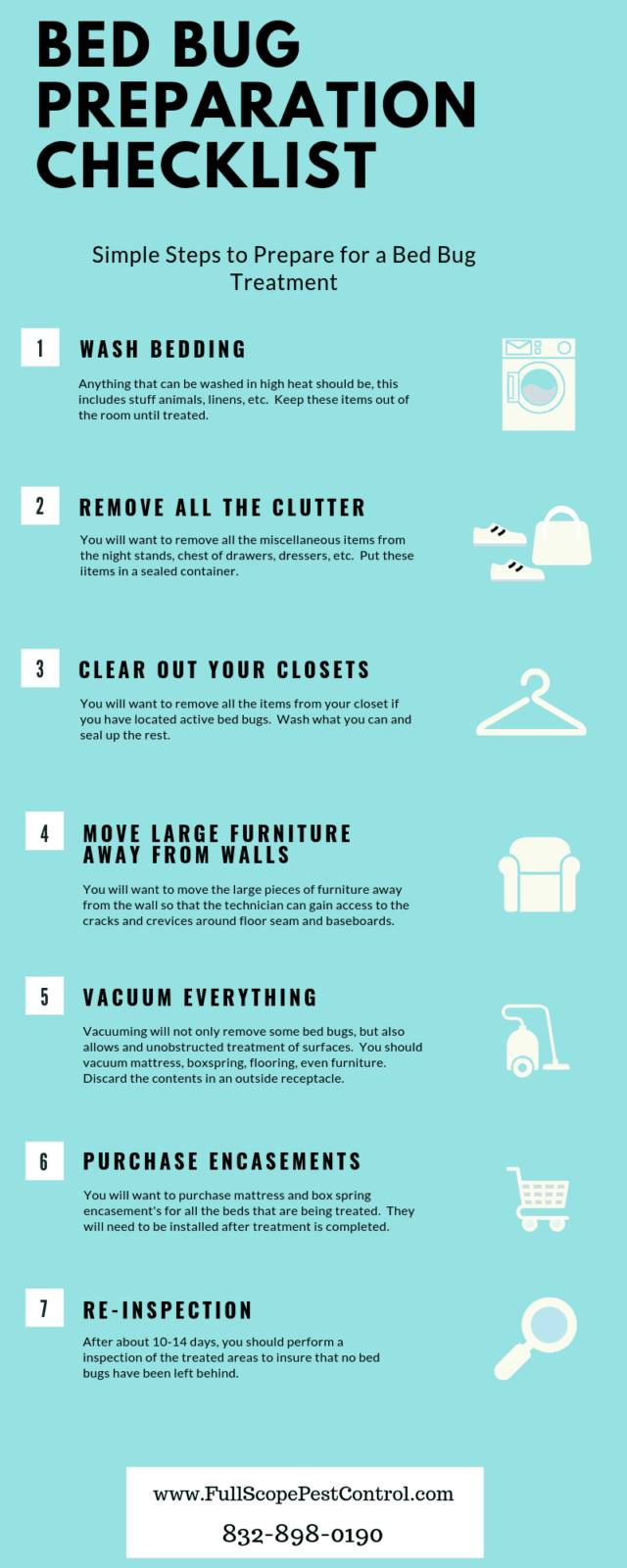
Before the exterminator arrives, there are a few steps to take in order to ensure that the bed bug treatment is successful.
Clean and Declutter: Remove all clutter from the bedroom and other affected areas. This includes clothing, bedding, curtains, and any other items that can be moved. Vacuum and steam clean all furniture, carpets, and floors, and dispose of the vacuum contents in a sealed plastic bag.
Reduce Hiding Spots: Cover any cracks, crevices, and other openings where bed bugs can hide with caulk or steel wool. Consider putting bed bug traps in the affected areas to help monitor the presence of bed bugs.
Prepare for Treatment:
| Treatment | Preparation |
|---|---|
| Heat Treatment | Remove any flammable items from the area. Seal off any vents and windows in the area. |
| Chemical Treatment | Remove all food and dishes from the area. Cover any aquariums or fish tanks. |
To prepare for the exterminator, put all linens and clothing into plastic bags, and seal them tightly. Put all furniture and items that cannot be moved into the center of the room. Make sure to inform the exterminator of any pets that may be in the area.
Preparing the Space
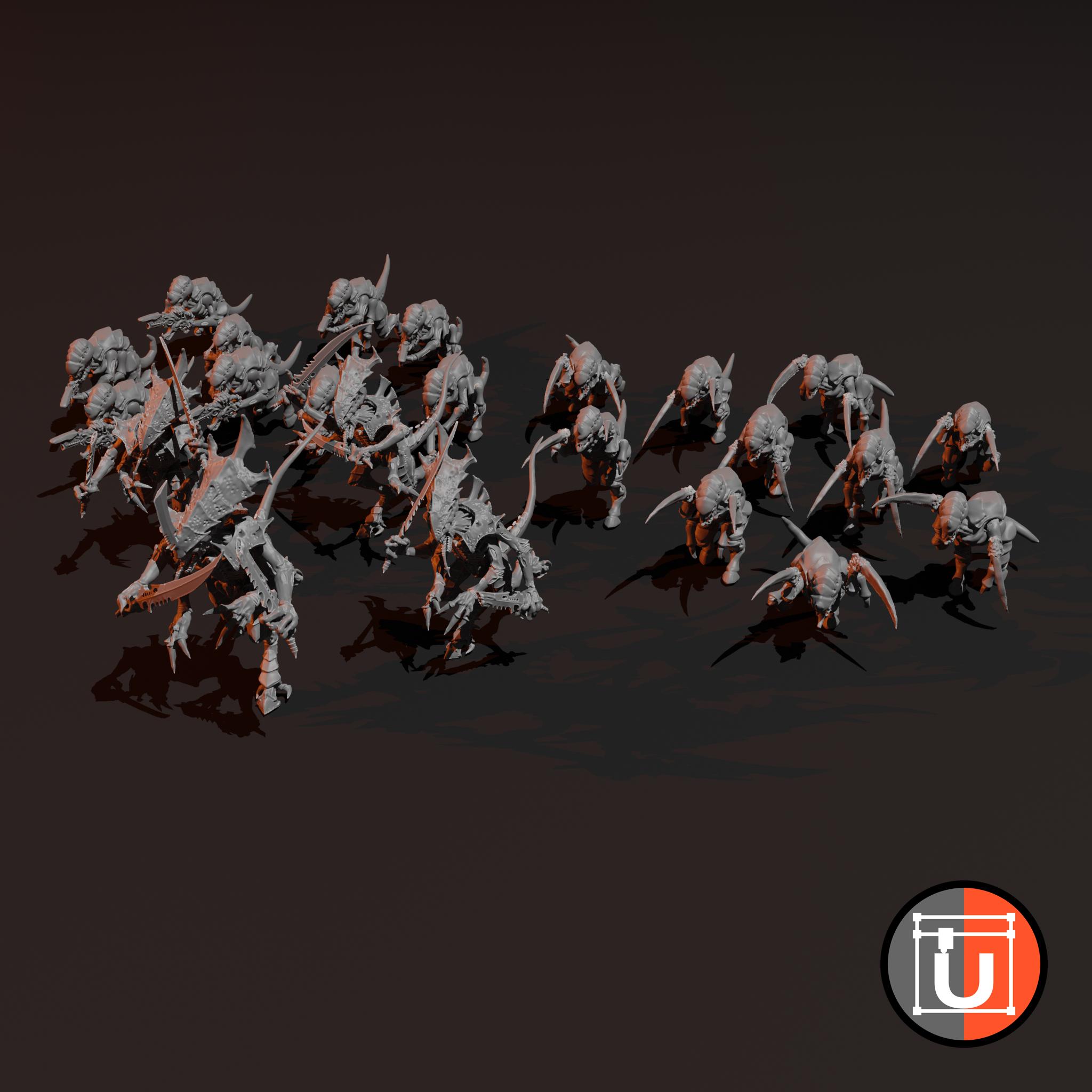
- Remove clutter from the space. This includes piles of clothes, books, and other materials.
- Wash all bedding, linens, and curtains in hot water and tumble dry on hot settings.
- Vacuum carpets, floors, and furniture.
- Remove all items from drawers and shelves, vacuuming and wiping them down.
- Check all areas (especially those near the bed) for signs of bed bugs.
- Place all items that can’t be washed in the dryer on a hot setting for at least 30 minutes.
- Cover mattresses and box springs with bed bug mattress covers.
- Seal cracks and crevices with caulking to prevent bed bugs from entering the space.
Keeping Pets Away

Before bed bug treatment begins, it is important to keep pets away from the affected area. Doing this will help protect the pets from any potential exposure to insecticides. It also helps to avoid any accidental contamination of the treatment area. When possible, it is best to remove the pets from the home and board them elsewhere until the treatment is completed. If this is not possible, keep the pets in a separate, unaffected area of the home to avoid any exposure. When returning the pets to the home, make sure to thoroughly vacuum and clean any pet bedding and toys that may have been exposed. Taking these steps will ensure the safety of the pets and help make the treatment process more successful.
Removing items from Room
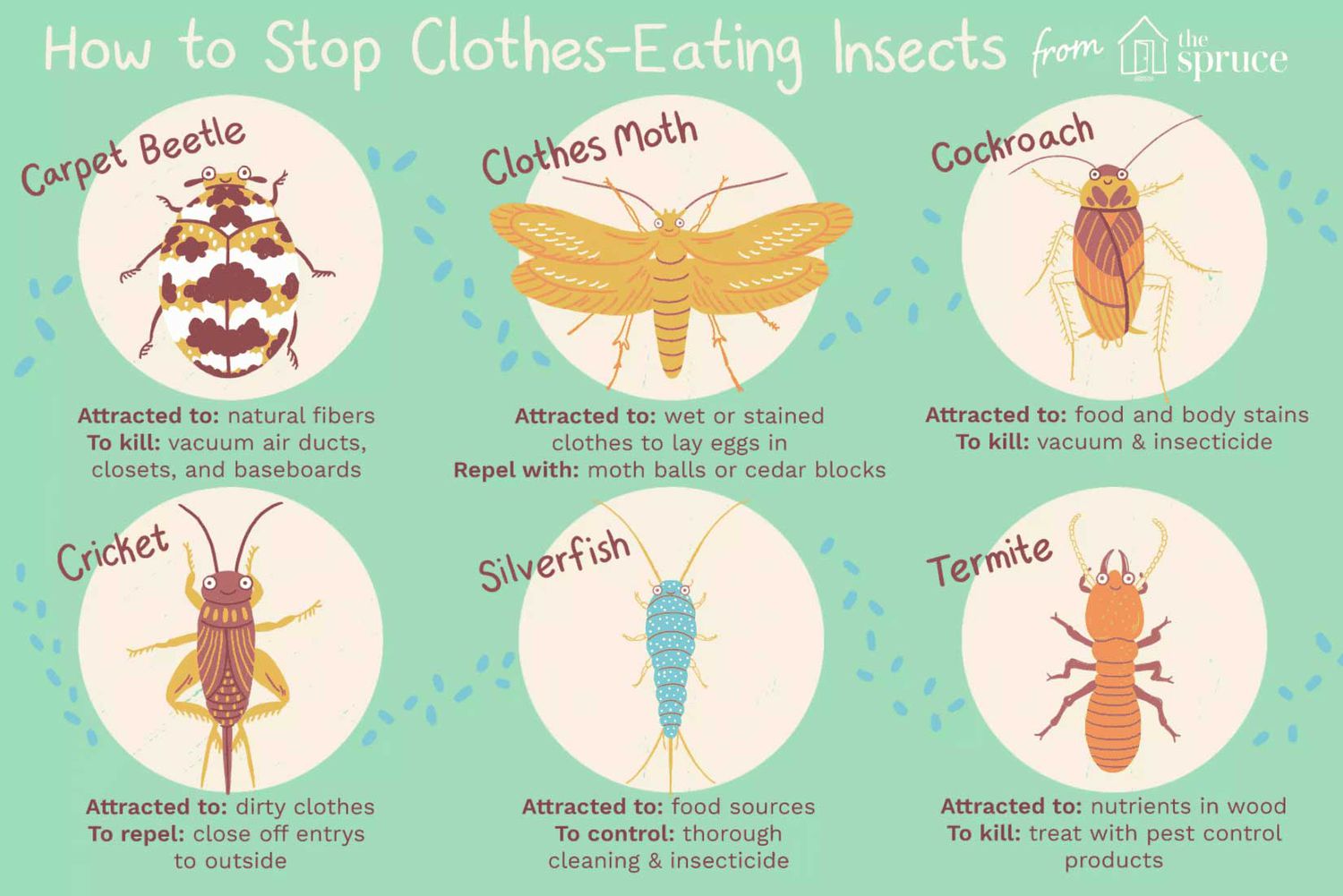
- Empty dresser drawers and closets of clothing, blankets, and other items.
- Place all items in plastic bags and seal tightly.
- Remove curtains, drapes, and other fabric coverings from windows.
- Remove bed sheets, mattress covers, and pillow cases.
- Vacuum mattresses, box springs, and furniture.
- Discard vacuum bag into an outside trash bin.
Types of Extermination
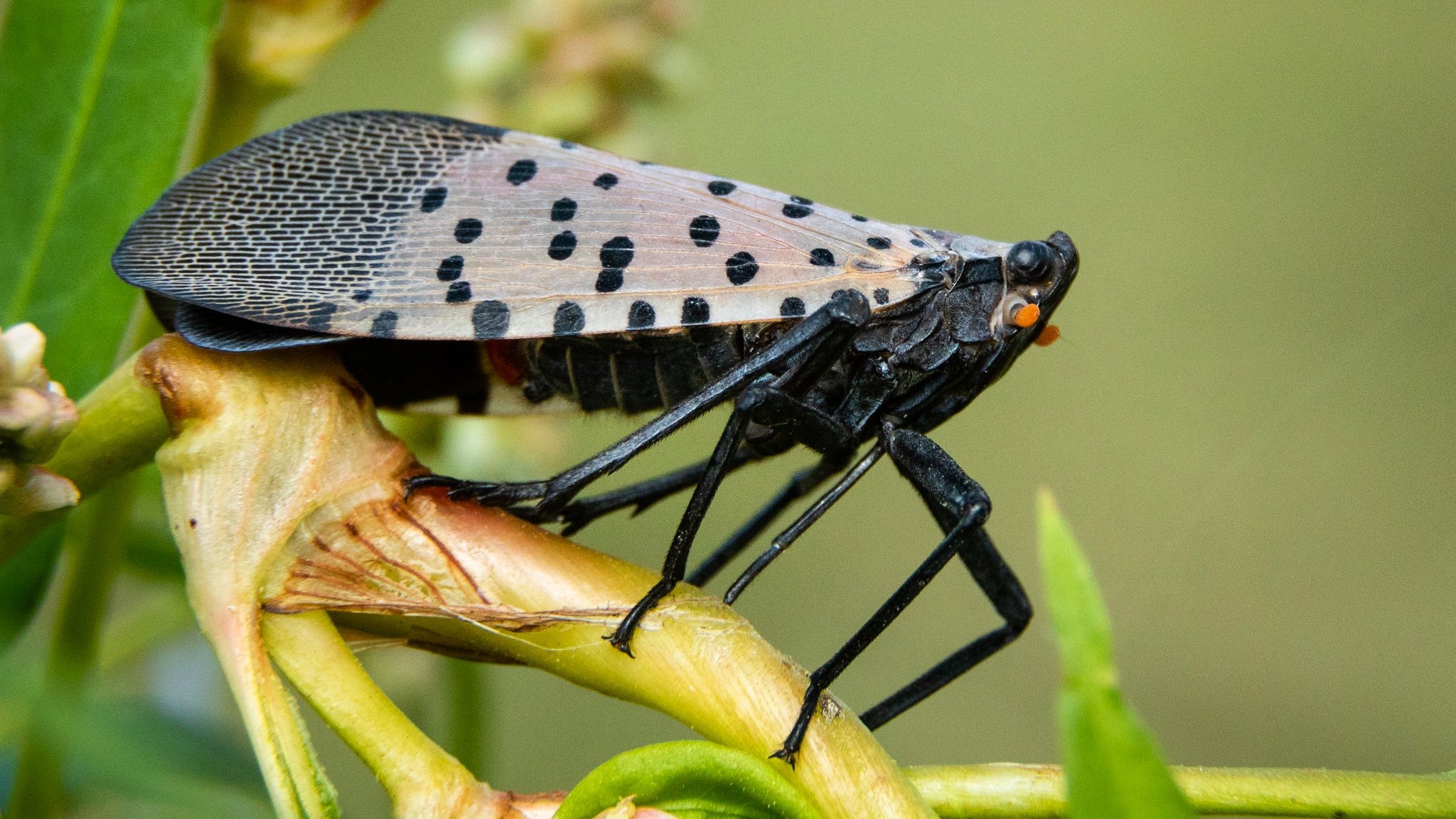
When it comes to bed bug extermination, there are several methods available. These methods include chemical treatments, heat treatments, and freezing treatments.
| Type of Extermination | Description |
|---|---|
| Chemical Treatment | Chemical treatments involve the use of insecticides to kill bed bugs. These treatments are often done over multiple visits, and may require the use of a professional exterminator. |
| Heat Treatment | Heat treatments involve raising the temperature of the infested area to a certain level that is lethal to bed bugs. This is often done with the help of a professional exterminator. |
| Freezing Treatment | Freezing treatments involve lowering the temperature to a certain level that is lethal to bed bugs. This is often done with the help of a professional exterminator. |
It is important to note that these treatments may not be effective in all cases. It is also important to consider the cost, as these treatments can be quite costly. It is best to consult a professional exterminator to determine the most effective method for your situation.
Chemical Extermination
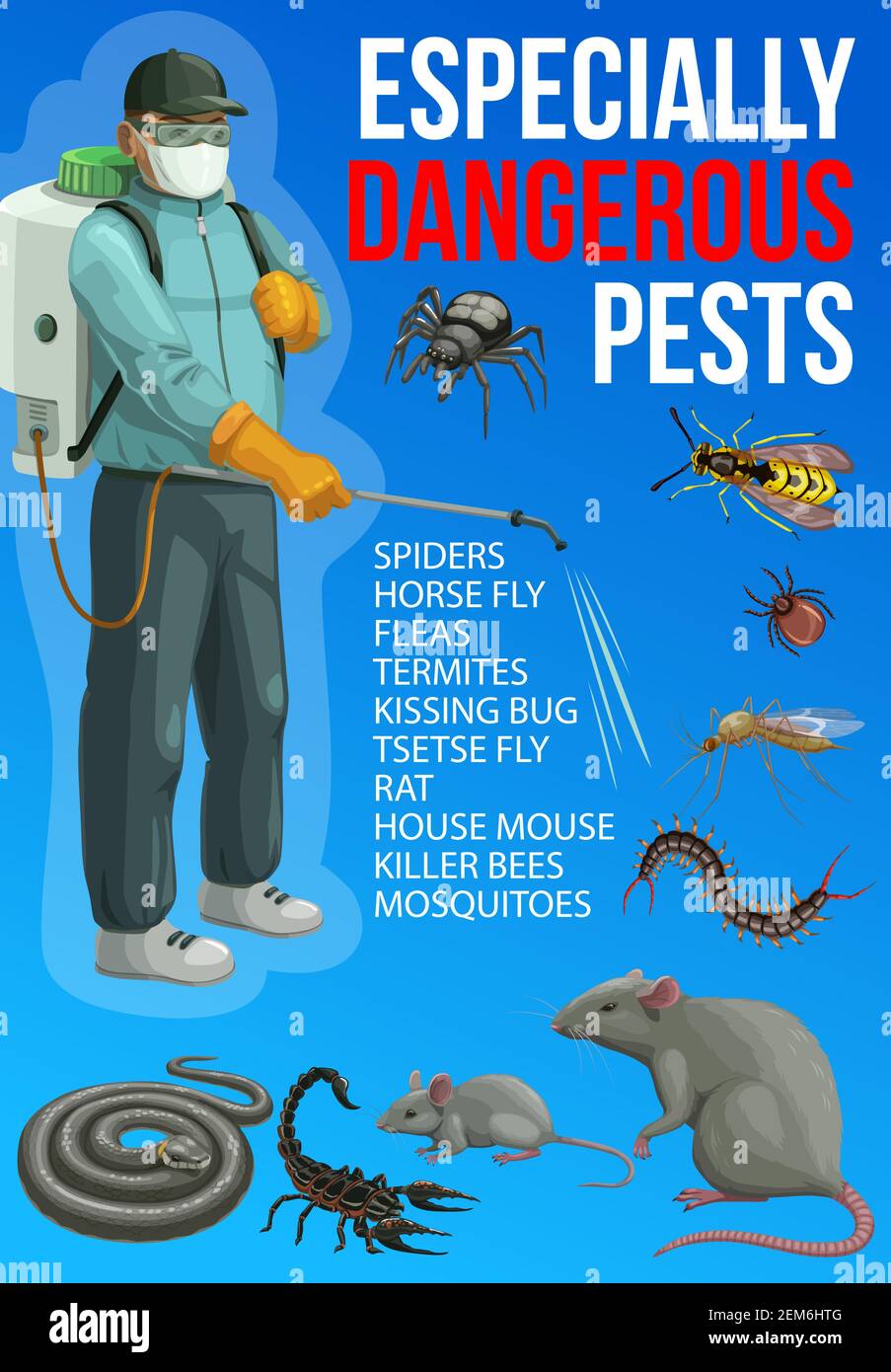
Before starting any chemical treatment, it is important to ensure all bedding, clothes, and other fabrics have been laundered and dried using a hot setting. All furniture and bedding should be removed from the affected area and stored away from the treated area. Vacuuming should be done prior to starting chemical treatment to remove as many bed bugs as possible.
Chemical extermination of bed bugs is a step-by-step process. First, apply residual insecticides and other insect growth regulators to the affected area. These products should be applied to cracks and crevices, behind baseboards and other areas where bed bugs can hide. Second, use a contact insecticide to treat the infested bedding and furniture. Third, use a fogger or aerosol spray to treat the entire area. Fourth, use a residual insecticide to treat the entire area. Finally, use a desiccant dust to treat cracks and crevices and other areas where bed bugs can hide.
The chemical-based treatments are usually effective in killing the bugs, but it is important to use caution when applying the products. Wear protective gloves and safety glasses, and always read all instructions and safety warnings on the packaging before using any pesticide product.
Heat Treatment
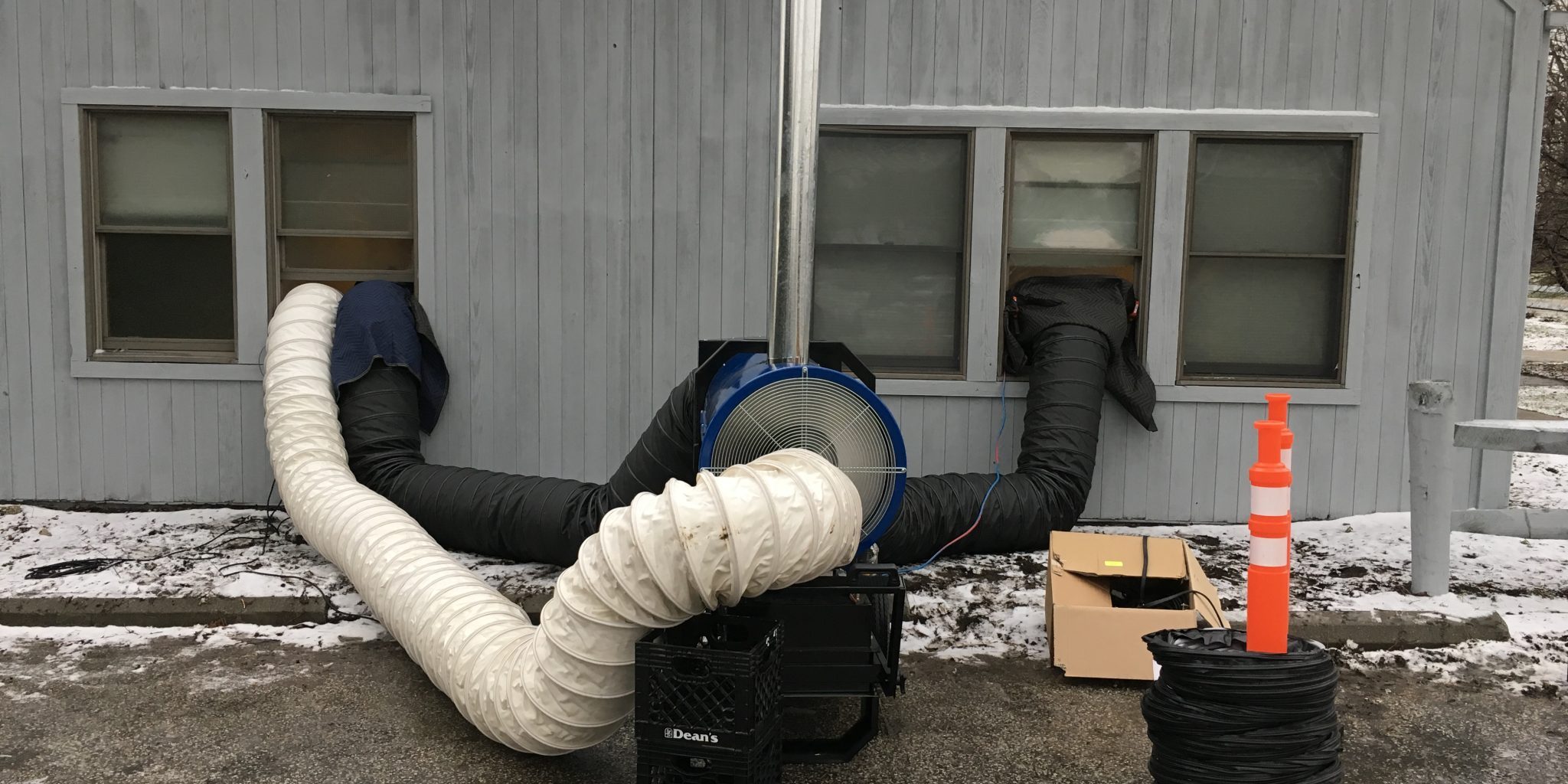
Before beginning heat treatment, I’d recommend checking for any cracks and crevices in the walls, floor, or furniture that may be harboring bed bugs. Vacuuming the area thoroughly and then sealing any cracks or crevices can help ensure that the treatment is effective.
Heat treatment is a simple process that involves raising the temperature of an infested area to a certain level. This is usually done using a combination of hot air blowers, steamers, and sometimes space heaters. The temperature needs to be raised to at least 122°F (50°C) and held at that temperature for a minimum of 30 minutes to effectively kill the bed bugs and their eggs.
It is important to note that heat treatment is not suitable for all locations and may not be effective in all cases. It is also important to ensure that the heat is distributed evenly throughout the room being treated. If the temperature is not high enough or is not held for a sufficient length of time, the bed bugs may survive.
Finally, it is important to note that heat treatment does not guarantee that the bed bugs will be eliminated completely. It may be necessary to follow up with other treatments such as chemical treatments or vacuuming to ensure that the infestation is completely eliminated.
Cold Treatment
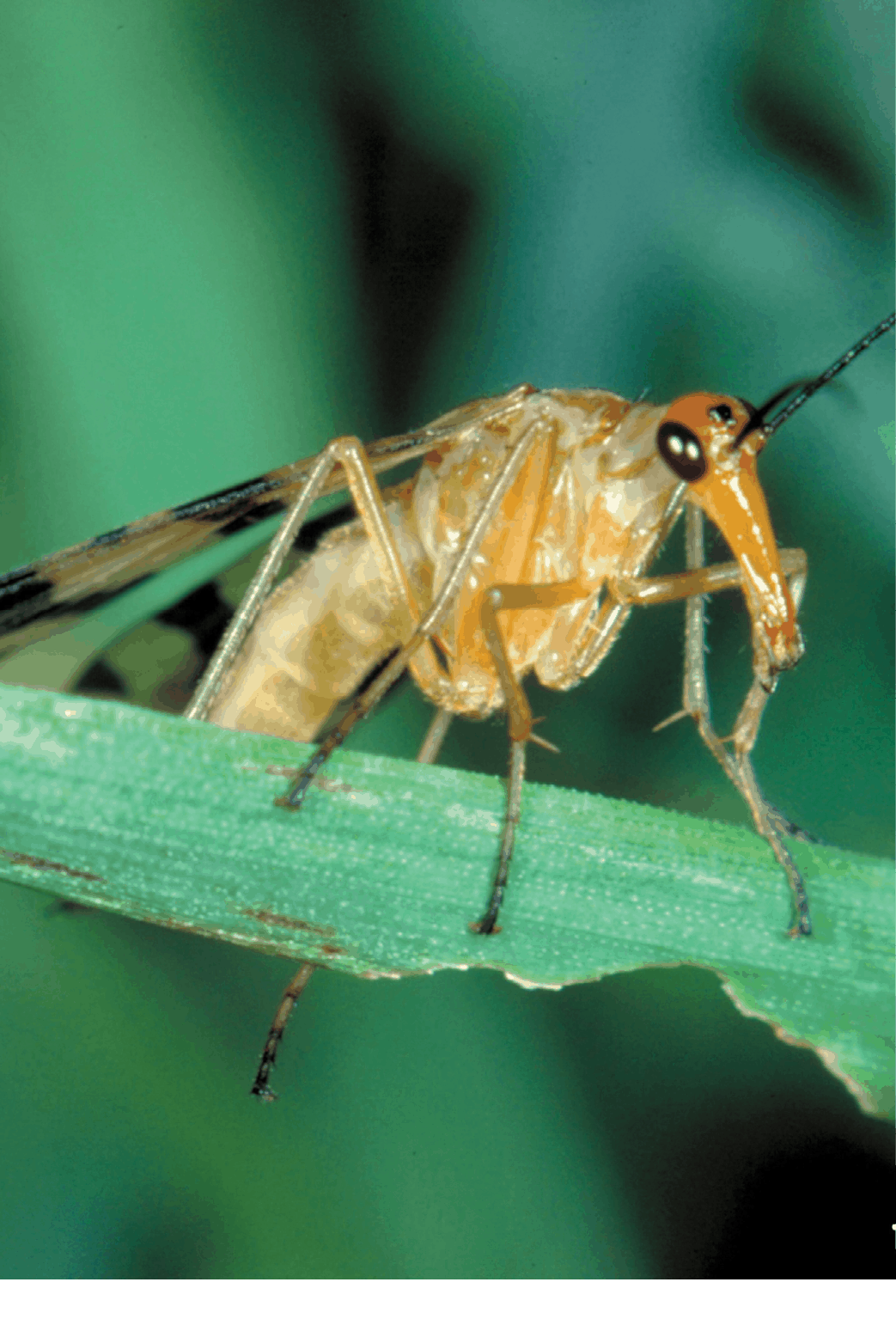
- Lower the temperature of the room to below freezing point.
- Leave the room at this temperature for 4 days.
- This will kill off the bed bugs.
- But it is important to note that the cold temperature will not penetrate items like furniture or mattresses.
- So it will be necessary to treat these items separately.
After Treatment
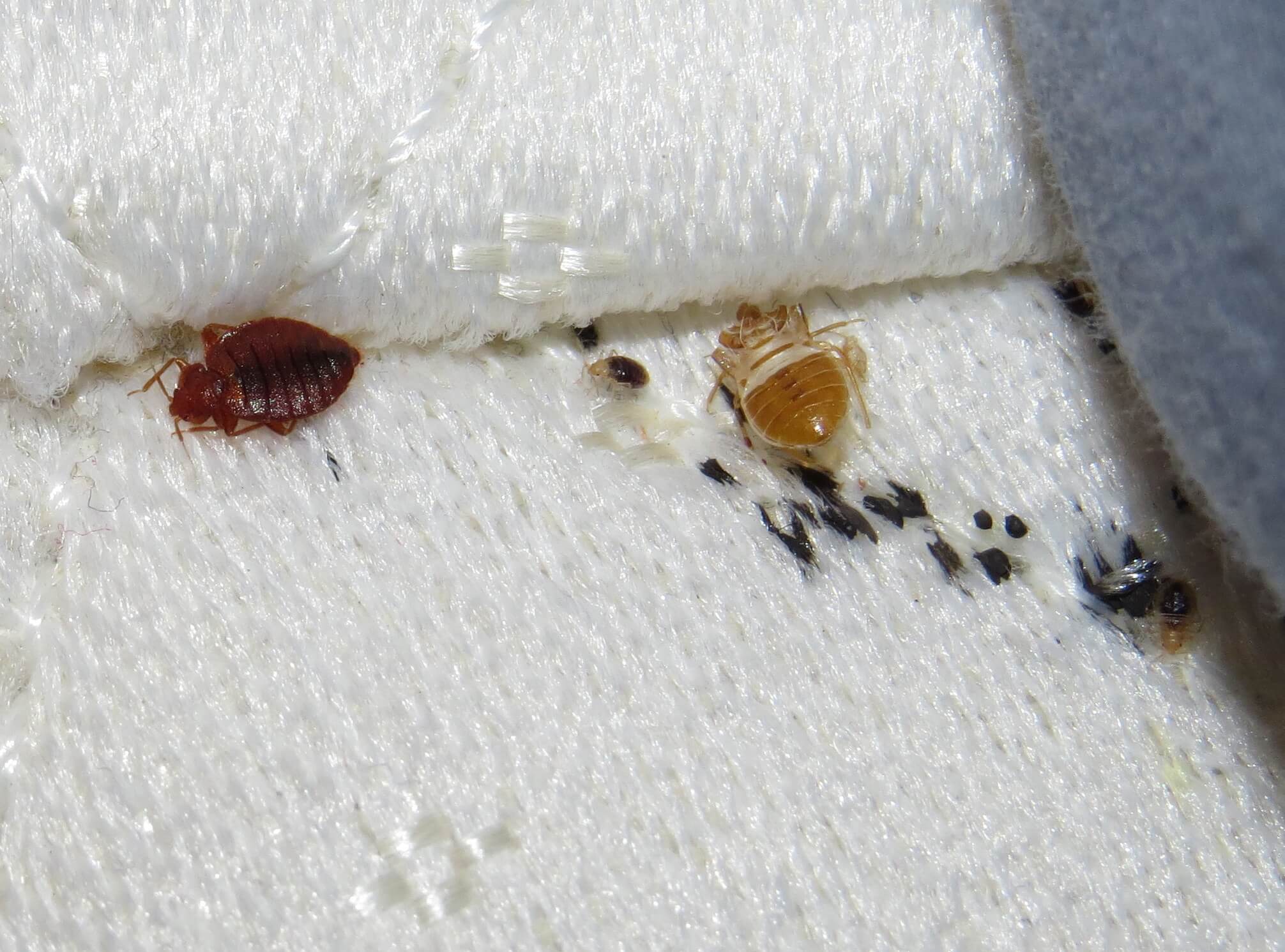
Once the bed bug treatment is done, it is important to take some steps to ensure that the bugs do not return. First, vacuum the carpets, furniture and other surfaces to remove any remaining bed bugs and eggs. Dispose of the vacuum bag in an outdoor trashcan as soon as possible. Secondly, wash all bedding, linens, and clothes in hot water and then dry them on the highest heat setting. This will kill any remaining bed bugs and eggs. Finally, inspect the entire area to make sure all bed bugs and eggs have been eliminated.
Clean Up
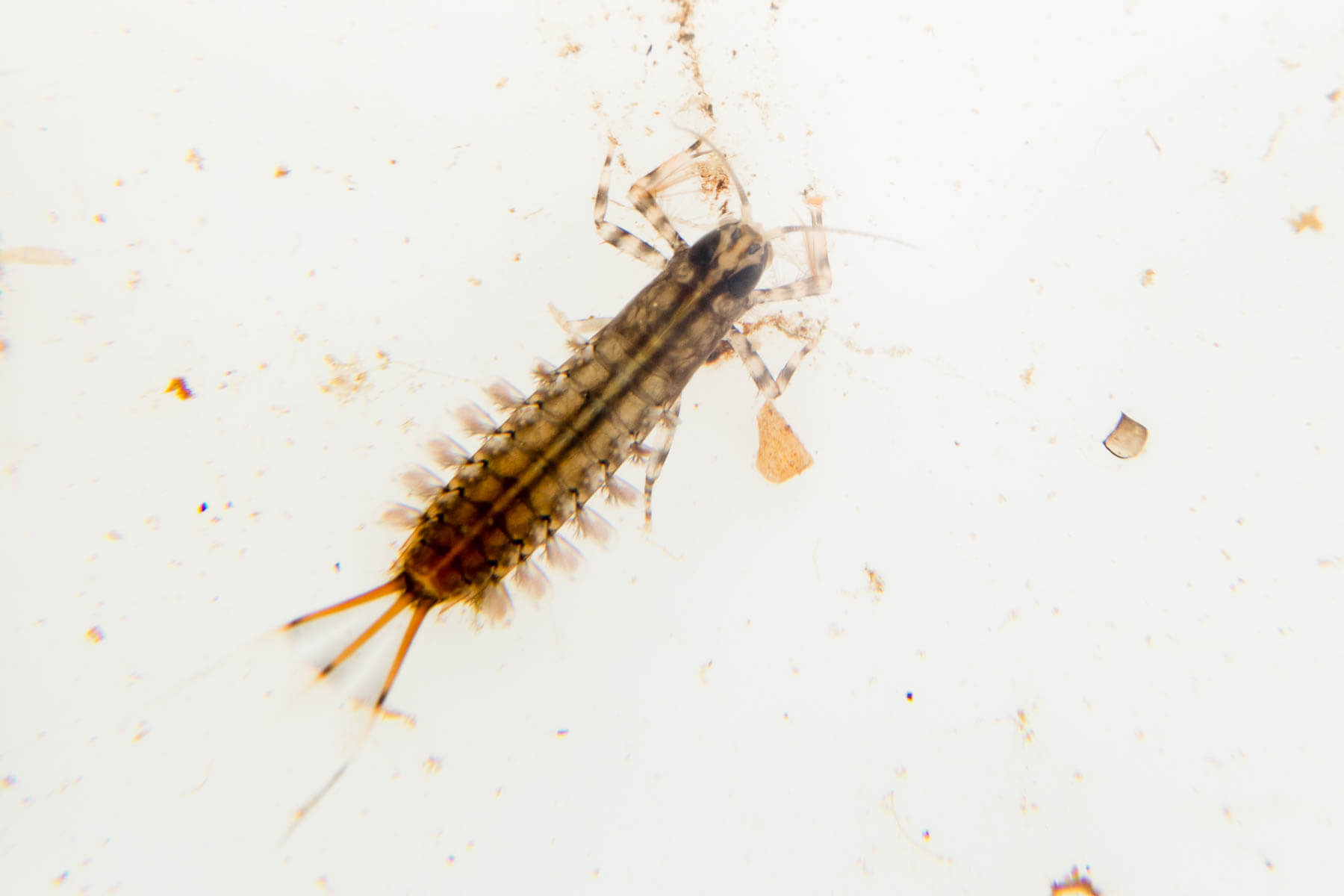
- Vacuum carpets, furniture and bedding to remove bed bugs and their eggs.
- Launder all clothing, bedding and linens in hot water and the hottest drying cycle on your washing machine.
- Discard infested items you can’t wash, such as rugs, stuffed animals and mattresses.
- Seal up all dry-cleanable items in plastic and take them to a dry cleaner for professional cleaning.
- Place all cleaned items in plastic bags before returning them to your home.
- Thoroughly clean your room, paying special attention to cracks and crevices in the walls and floors.
Monitor for Activity
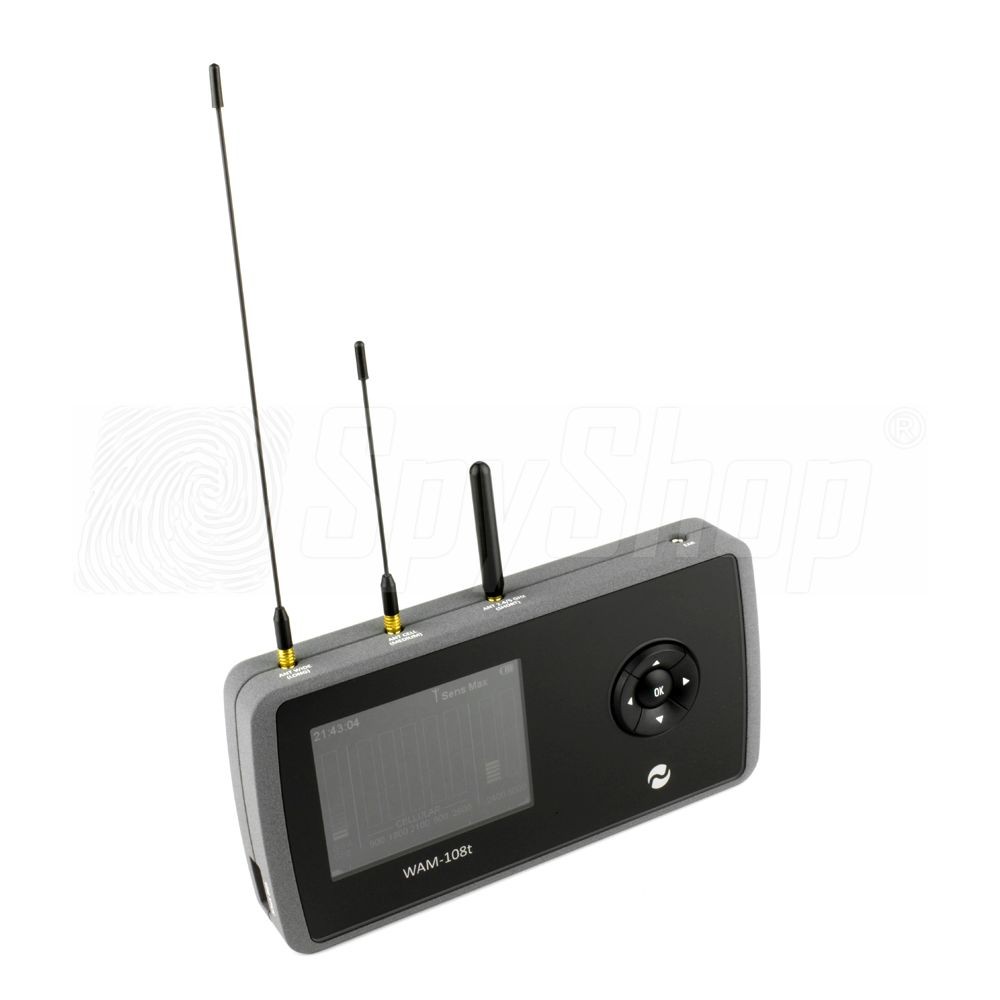
- Check bedding and mattresses for evidence of bed bug activity such as fecal spots or shed skins.
- Inspect baseboards, furniture, and other places that could harbor bed bugs.
- Put bed bug interceptors or traps under bed legs and other furniture.
- Check for signs of bed bug activity on a regular basis.
- Pay close attention to signs such as bloodstains, eggs, and fecal spots.
Preventative Measures
To prevent the spread of bedbugs in the future, I should take the following steps:
First, I should keep my bedding and linens clean. Wash bedding and linens in hot water and dry them on the highest heat setting. Vacuum my mattress, box springs, and other furniture regularly.
Second, I should inspect second-hand furniture and clothes before bringing them into my home. Bedbugs can easily hitch a ride on used furniture and clothing.
Third, I should seal and repair cracks, crevices, and entry points around the home. Bedbugs can enter a home through cracks in walls and baseboards, so sealing these entry points can help keep them out.
Finally, I should use mattress and box spring encasements. These encasements will prevent bedbugs from entering and nesting in my mattress and box spring, and will make it easier to detect any infestations.
Regular inspection
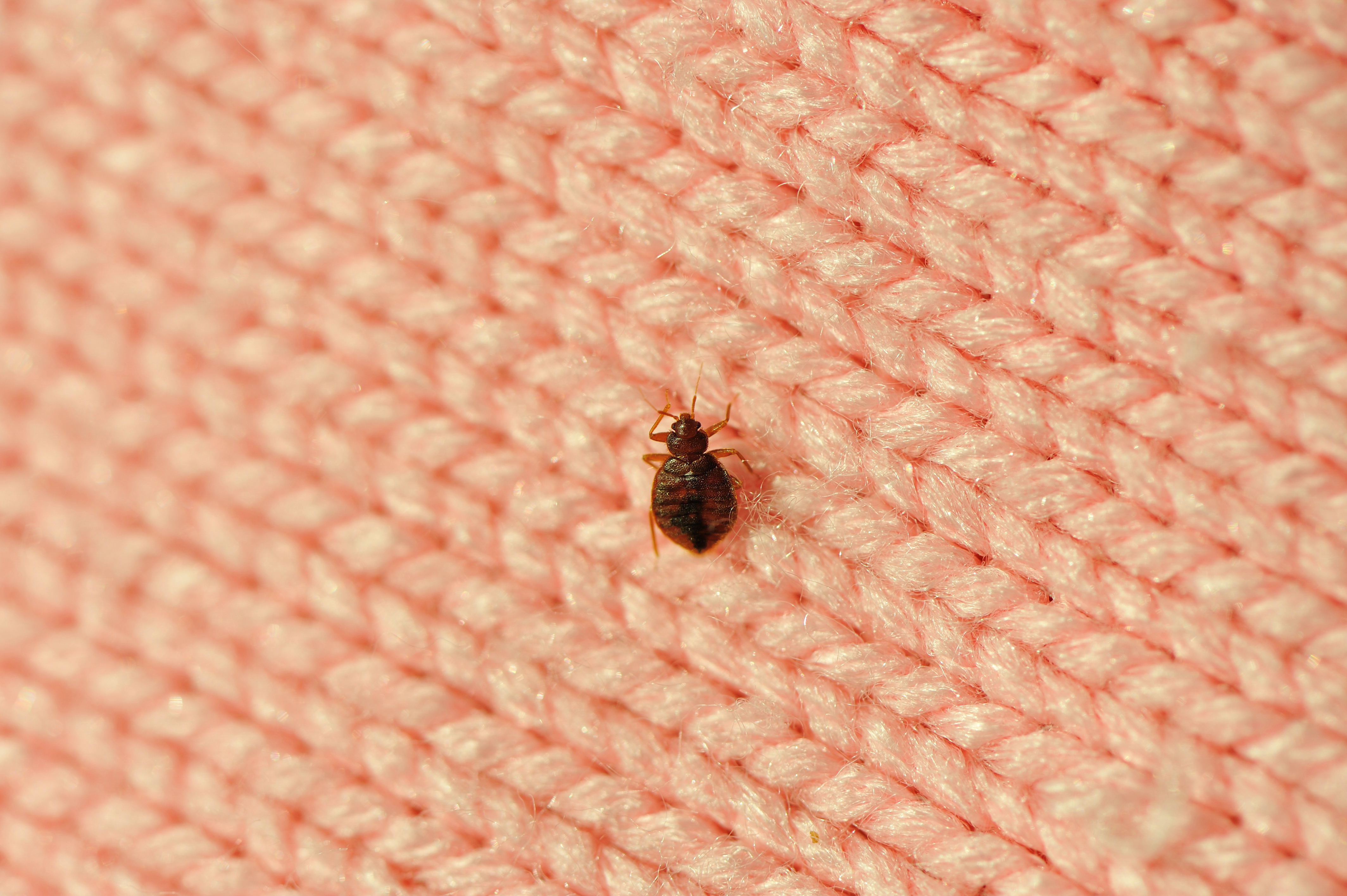
Before beginning the bed bug treatment, it’s important to regularly inspect all areas of the home or business.
Look for signs of bed bugs such as their eggs, their exoskeletons, their droppings, and live bed bugs. A magnifying glass and flashlight can help with inspections.
| Area | Inspection Detail |
| Mattresses | Check bedding and seams for bed bug eggs, droppings, and live bed bugs. |
| Linens and Clothing | Check for live bed bugs, eggs and droppings. |
| Furniture | Check crevices, seams and other potential hiding places for bed bugs. |
| Carpet | Check for bed bug eggs, shed skins and droppings. |
| Baseboards | Check for bed bug eggs, shed skins and droppings. |
| Cracks and Crevices | Inspect cracks and crevices on walls, floors, and furniture for bed bugs. |
Inspections should be done weekly and be thorough. If bed bugs are found, contact a pest control professional to discuss treatment options.
Bed Bug Proof Mattress and Box Spring
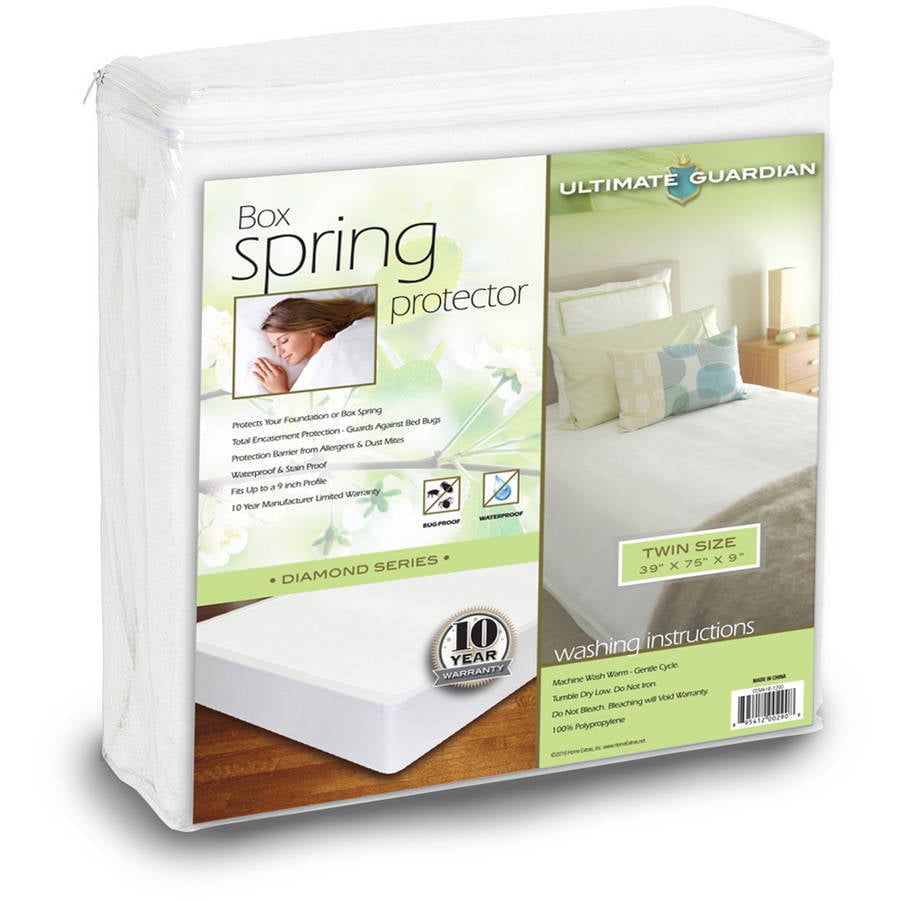
To prevent bed bugs from entering and infesting my mattress and box spring, I would purchase a special mattress and box spring encasement designed to be bed bug proof. These encasements are made of a solid material that prevents bed bugs from entering or escaping. Additionally, the encasements are designed to be comfortable to sleep on and air permeable, so that any body heat generated during sleep is allowed to escape.
I would also ensure that the encasements are sealed properly to prevent any bed bugs from entering or escaping. I would check the encasements regularly for any tears or holes, and replace them if necessary. Additionally, I would place an interceptor under the encasements, to help detect any bed bugs that may be trying to climb onto the mattress or box spring.
By using a bed bug proof mattress and box spring encasement, I can ensure that any bed bugs that are in my home remain isolated to a single area, preventing them from spreading to other parts of the house.
Properly store items
- Check all drawers, closets, and furniture for items that may need to be stored away such as clothing, linens, books, and toys.
- Carefully place items in sealed plastic bags (or airtight containers if possible) and store them in a different room than where the bed bugs were found.
- Label the bags or containers and make note of the date when items were stored away.
- Remove and store away any items that are hanging on walls or attached to furniture.
- Remove and store away any items that are on shelves, such as books, pictures, and knickknacks.
- Clean and vacuum any surfaces where items were stored.
Vacuum Regularly
- Remove all bedding, including mattress pads, and vacuum the mattress.
- Vacuum the headboard, footboard, baseboards, and all furniture in the room.
- Vacuum all carpets, rugs, and curtains. Use a crevice tool to get into tight spaces.
- Empty all the vacuum bags, and dispose of them properly.
- Vacuum the entire room, including the corners and crevices.
Frequently Asked Questions
What steps should I take to prepare for a bed bug treatment?
1. Vacuum rugs, mattresses, furniture and other areas where bed bugs may be hiding.
2. Strip all bedding and launder in hot water and dry in a hot dryer.
3. Seal all bedding, clothing, and other items in plastic bags and place in an airtight container.
4. Remove all items from drawers, closets, and nightstands and vacuum thoroughly.
5. Discard items that cannot be washed or dried in a hot dryer.
6. Move furniture away from walls and vacuum behind and underneath them.
7. Place bed bug interceptors under all bed and furniture legs.
8. Seal any cracks or crevices in walls or floors with a silicone-based caulk.
What should I do before the bed bug exterminator arrives?
Before the exterminator arrives, it is important to prepare your home for the treatment. Firstly, wash all bedding, linens, and clothing in hot water, then dry them on the highest heat setting. Secondly, vacuum all furniture, mattresses, cracks, and crevices to remove any debris that may be harboring bed bugs. Thirdly, move furniture away from walls and remove clutter to provide the exterminator with easy access to all areas. Lastly, seal any openings or cracks to prevent bed bugs from entering or escaping.
What should I do to prepare for a bed bug extermination?
Prior to a bed bug extermination, the following steps should be taken: remove all items from the affected area, vacuum carpets and furniture, launder all bedding and clothing, seal mattresses and box springs in mattress encasements, and clear out clutter. All furniture should be moved away from the walls, and any items stored in the affected area should be placed inside plastic bags and sealed. Additionally, pets and children should be removed from the area during the extermination.
How can I prepare my home for bed bug treatment?
To prepare for bed bug treatment, wash all bedding, linens, and clothing in hot water and dry in a hot dryer for at least 30 minutes. Vacuum carpets, furniture, and mattresses. Discard bags from the vacuum after use. Seal up any cracks and crevices in floors, walls, and furniture where bed bugs may hide. Move furniture away from walls to allow better access for treatment. Remove any clutter that may be harboring bed bugs.
What Measures Should I Take to Ensure a Successful Bed Bug Treatment?
Before treating a bed bug infestation, it is important to properly prepare the area. This may include laundering all bedding and clothing, vacuuming the entire area, and removing clutter. Additionally, paying attention to entry points, such as cracks and crevices, and sealing them with caulk or a similar material can help prevent future infestations. It is also important to use products that are specifically designed to kill bed bugs and follow the directions on the label carefully. Finally, it is important to follow up with thorough inspections and treatments to ensure any remaining bed bugs are eliminated.
Conclusion
Bed bug infestations can be a nuisance, but with the right preparation, treatment is possible. Start by identifying any signs of bed bugs, and if possible, take pictures to show your pest control professional. If you are dealing with a severe infestation, you may need to take extra steps to get the problem under control. This can include vacuuming and laundering, as well as sealing off any cracks or crevices where bed bugs may be hiding. With the right preparation and an experienced pest control professional, you can have a bed bug-free home in no time.
